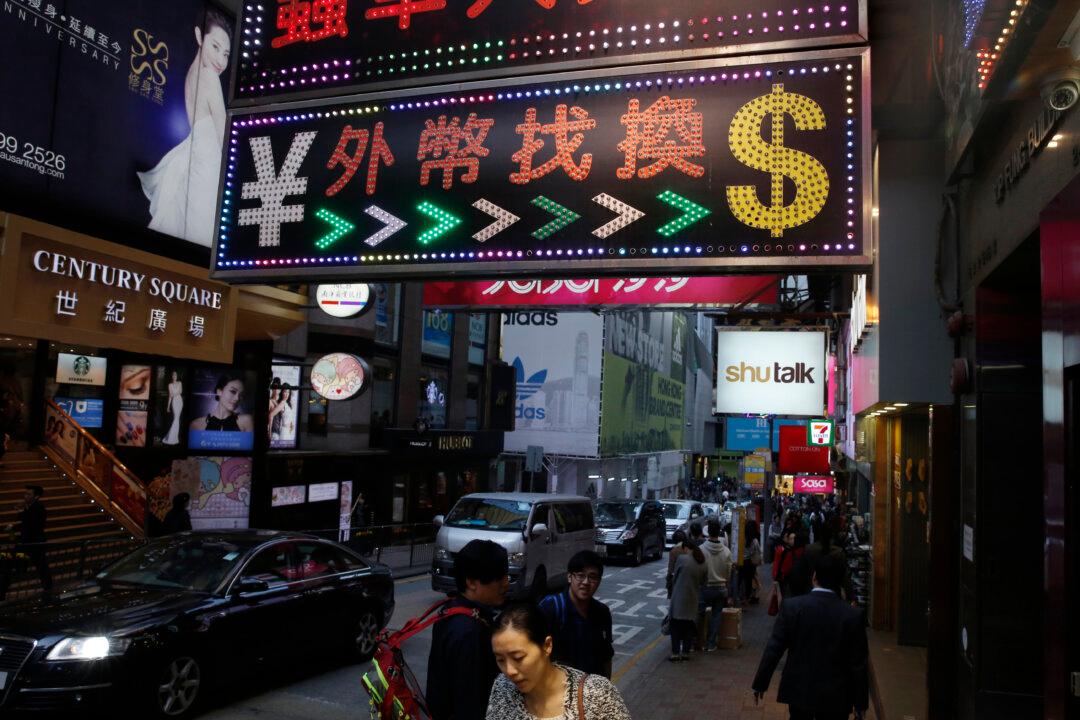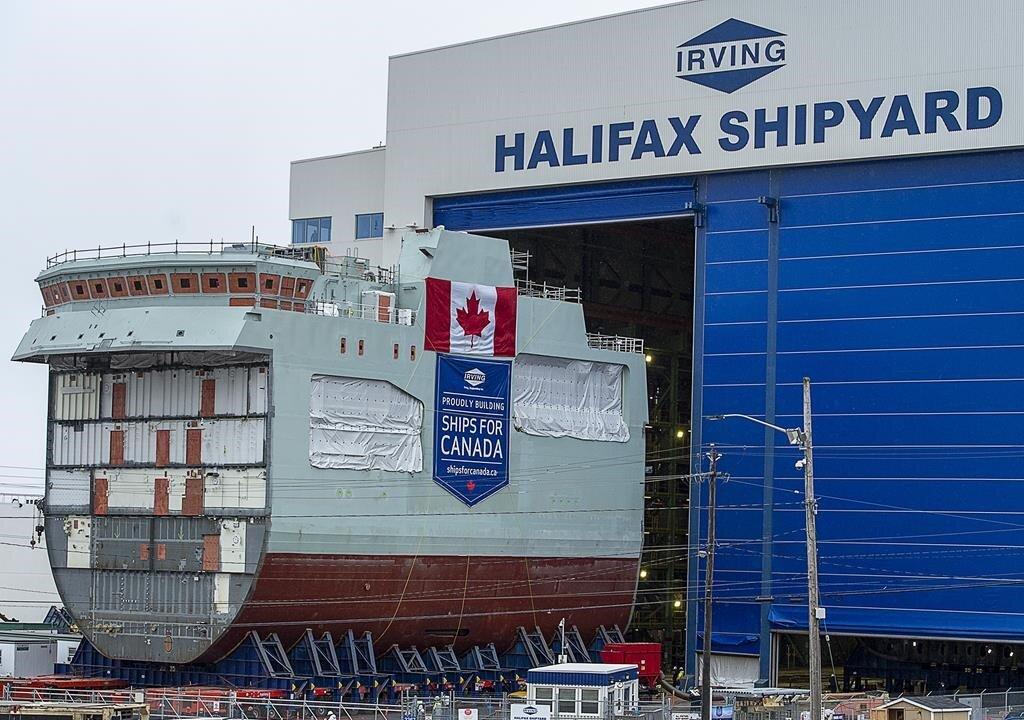China is behind many money-laundering transactions and other fraudulent financial activity in Canada, according to a July report from the Financial Transactions and Reports Analysis Centre of Canada (FINTRAC).
The report identified students, homemakers, lawyers, and business owners as some of the occupations involved in receiving funds from China.





